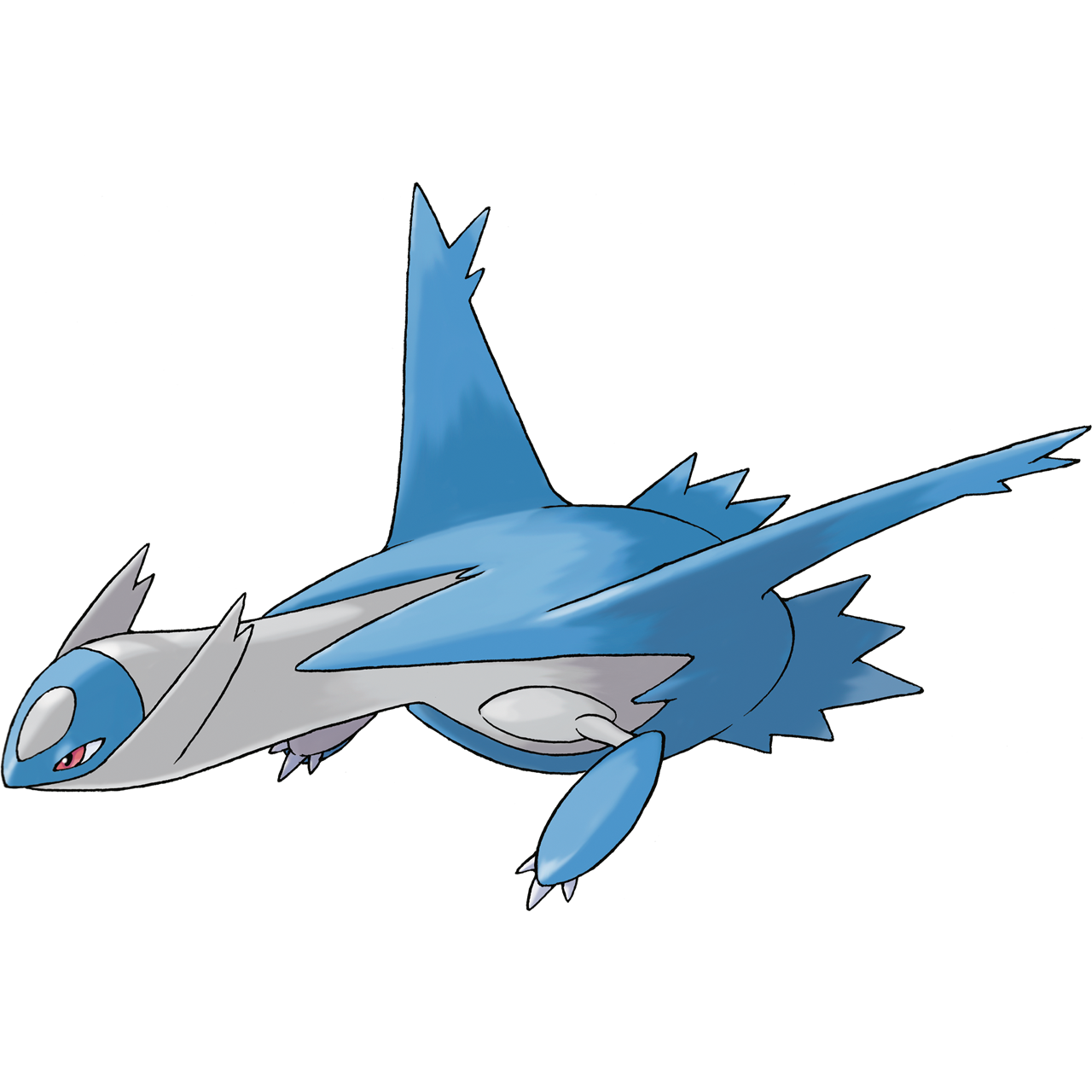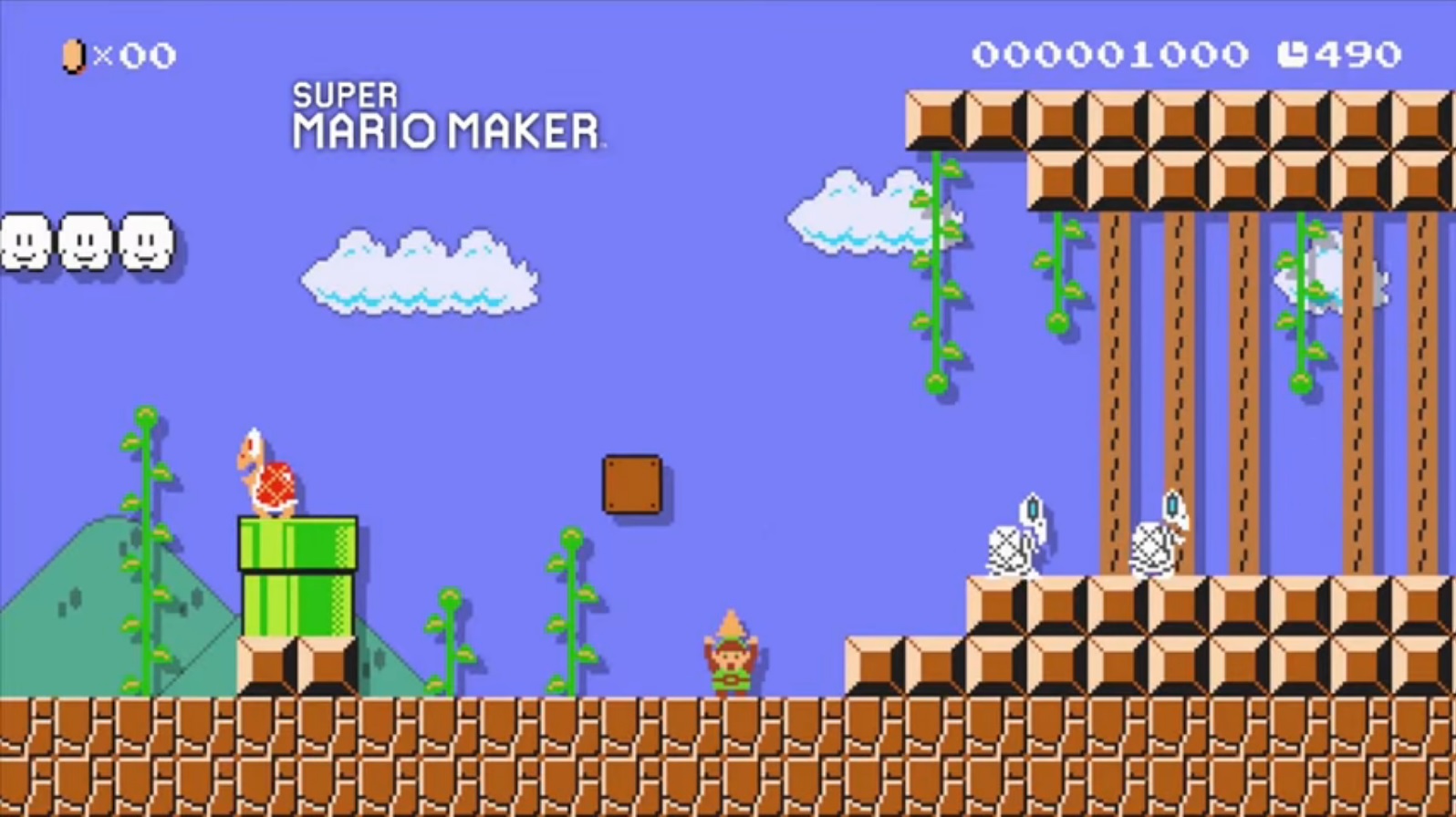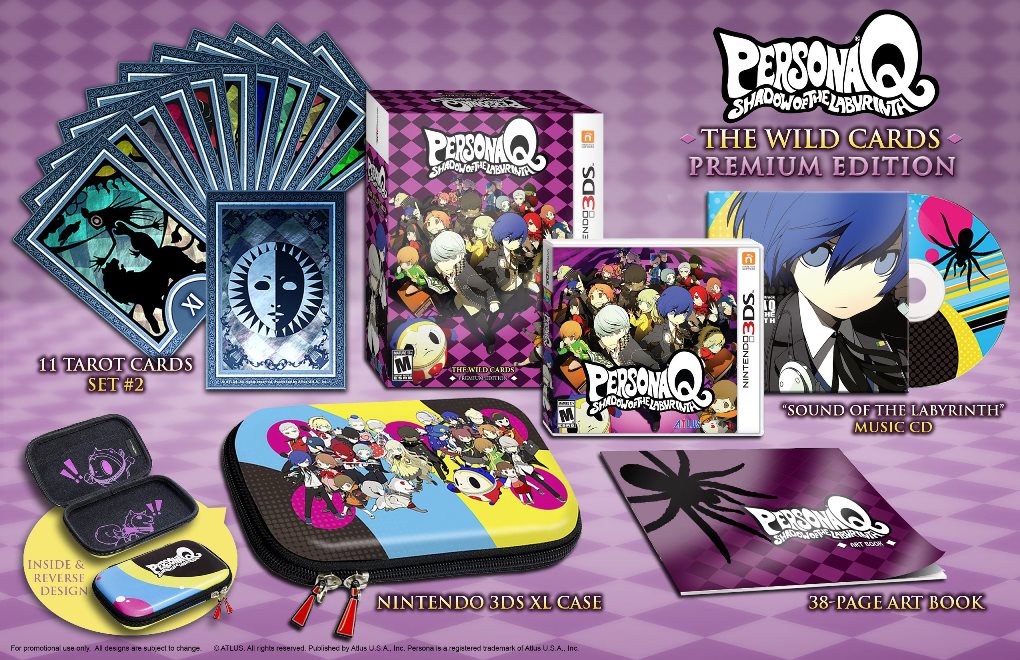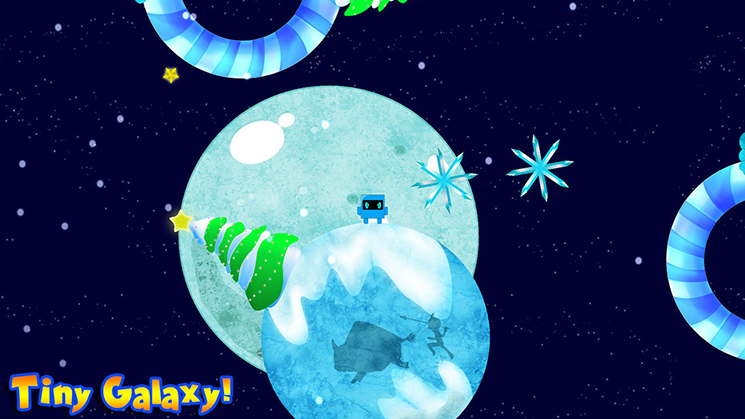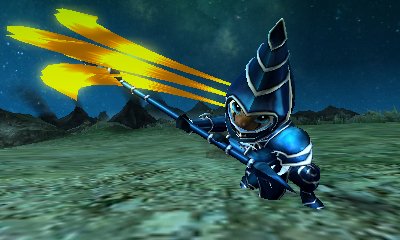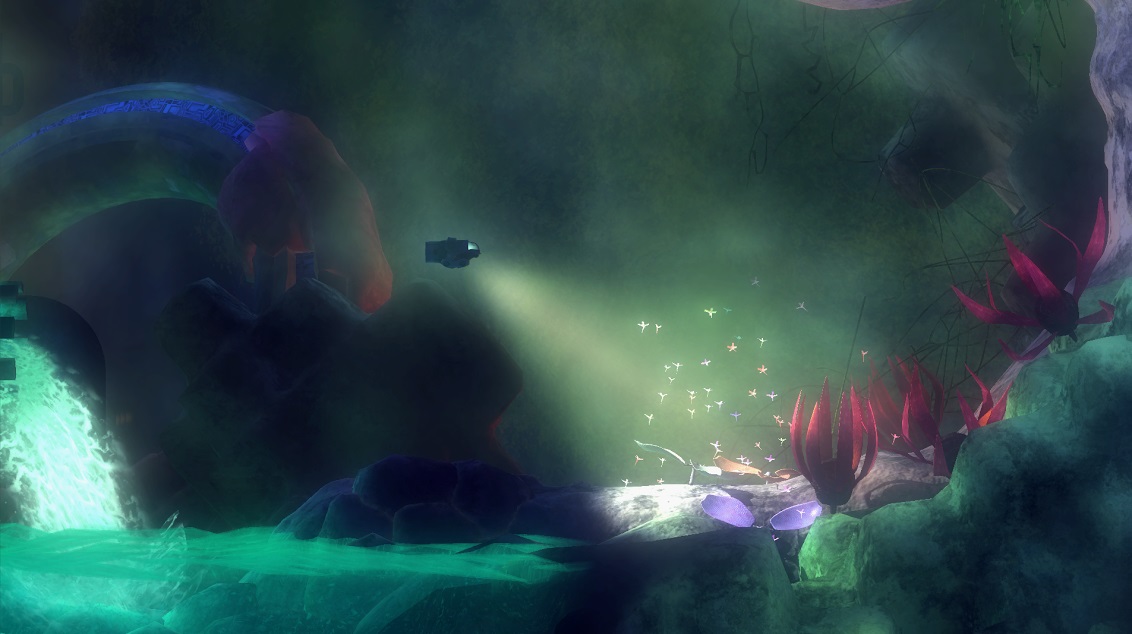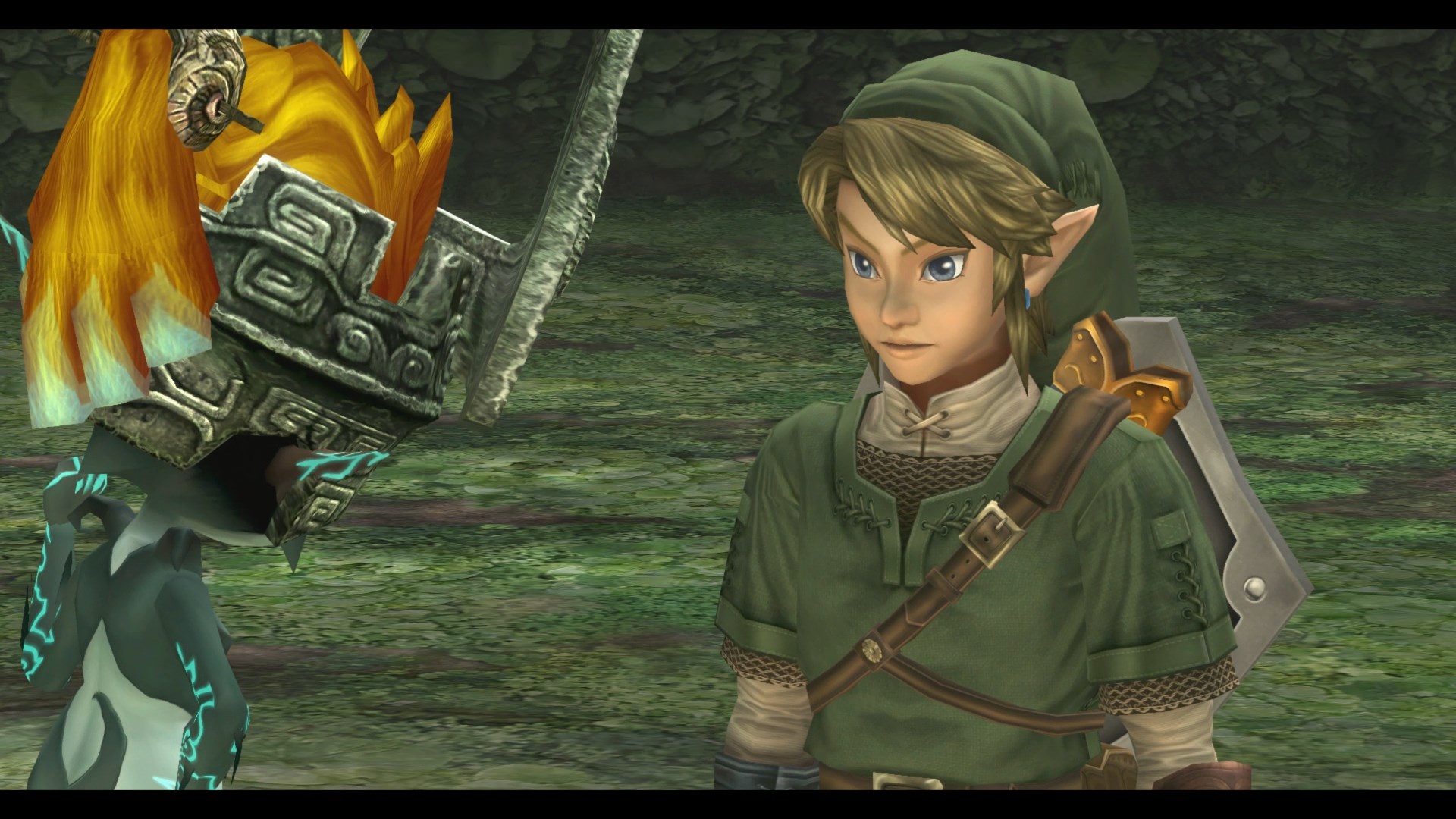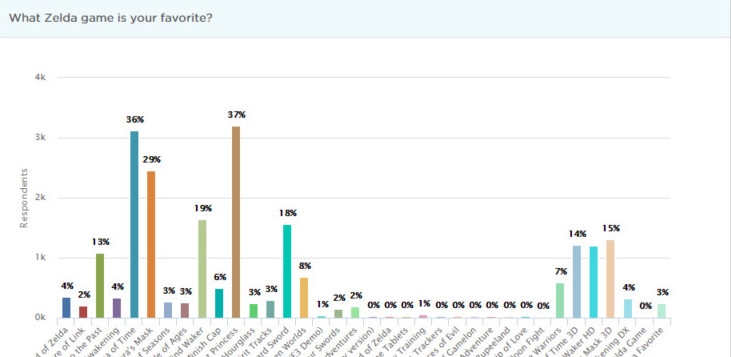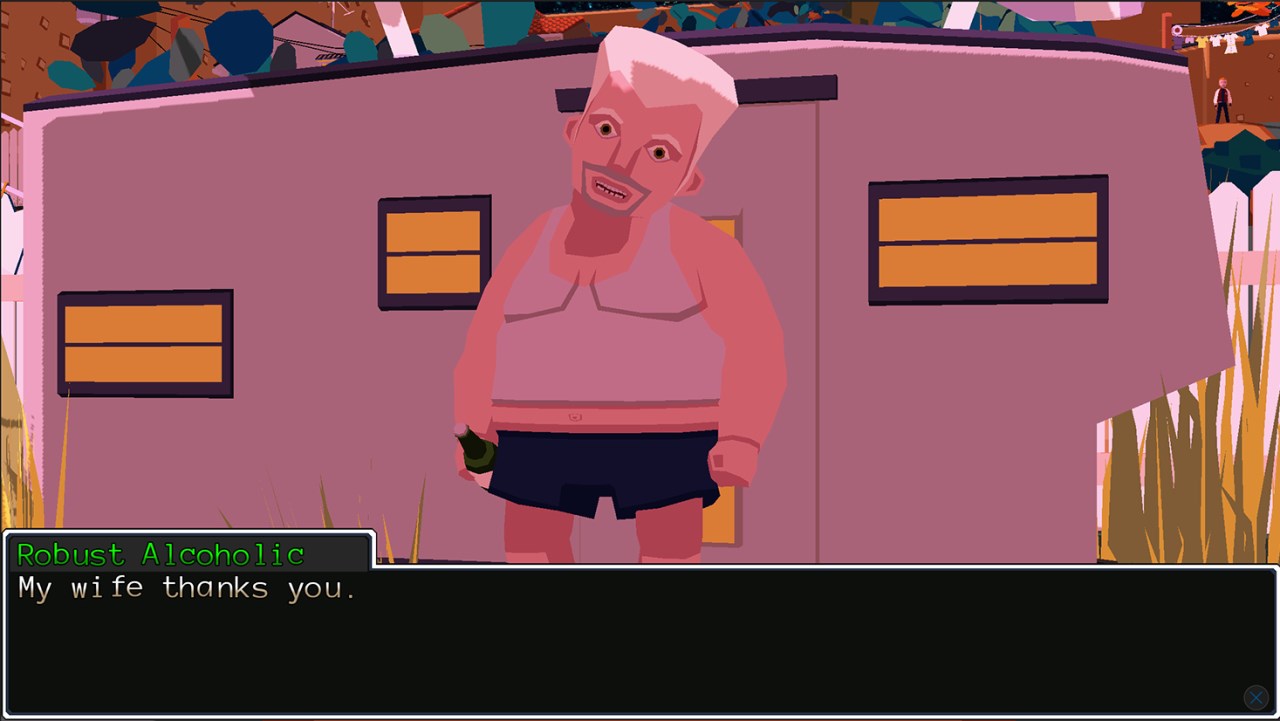Yesterday was a public holiday in Japan so we’re getting our weekly Pokemon Shuffle update today.
First of all, the Mega Manectite competition has ended, so check in to claim your prizes.
Machamp is now available as a special today. You 14 days, until December 8th, to try and catch it.
Finally, Latios is now available in an escalation battle. If you manage to beat level 50, you will also get its Mega Stone. Latios will be available until December 8th.
Nintendo has come up with a new North American amiibo video in time for the holidays. It’s officially labeled as a trailer, but its 30-second length and narration indicates that it’s really more of a commercial. Either way, view the video below.
Persona Q: Shadow of the Labyrinth – The Wild Cards Premium Edition has received a significant discount over on Amazon. It’s now down to $36, meaning you’ll save $44 with a purchase. I believe this is the lowest price offered for this version of the game thus far.
Tiny Galaxy creator Taylor Hajash took to Twitter a few days ago and shared some news about an update planned for the game. The patch will address some small issues and graphical problems, along with a balance in difficulty.
A permanent price drop for Tiny Galaxy is also planned. In the near future, it will be reduced to $2.99.
A recent issue of Jump revealed a new Yu-Gi-Oh! collaboration for Monster Hunter X. In the game, players can use a Dark Magician costume for their Felyne Palico. Capcom shared an official screenshot of the collaboration earlier today, which you can see above.
KnapNok’s Anchel Labena has commented on a number of topics pertaining to Affordable Space Adventures as part of an interview with Nintendo Life.
Regarding the game’s reception, Labena said that the game has received “some pretty amazing reviews”, which came as a bit of a surprise given its “quirky nature”. Sales were strong out of the gate, though “things slowed down a bit during the months after.”
Labena’s comments in full:
“We’ve been getting some pretty amazing reviews, which we are obviously really happy about. It really caught us by surprise, since Affordable Space Adventures is such a quirky title that we didn’t know what the press would think about it. I guess that all the positive press really affected sales at launch, because we saw a sudden surge of interest from players, YouTube streamers and other media outlets who hadn’t heard about the game before its launch.
While sales kicked off to a great start, things slowed down a bit during the months after launch. We still keep selling units on a daily basis though. It doesn’t come as a surprise either. We are, after all, a digital-only release, and presence in the Wii U eShop is crucial for us. Every time our game shows up in the eShop front page (like a banner, a Nintendo Highlights video or being included in a list of indie games for example), we have a considerable spike in sales. The new update is surely going to get a new surge of interest in the title, so we hope to keep the momentum going with that. We also just launched in Japan, and that’s definitely a super interesting market to get into. You have to think different in how you approach the audience there. Luckily, there are also fans there. One of them posted a drawing on Miiverse and it took as a while to understand that her handwriting said “I’ve been waiting for a year for this game since Knytt Underground” (Knytt Underground being the previous game of Affordable Space Adventure’s Game Director, Nicklas Nygren). What I can tell you, however, is that the game has definitely been a success for us and we are quite happy about how it is performing.”
In August, we posted about a new sci-fi/horror first-person shooter for the Wii U eShop known as Chasing Dead. There hasn’t been much news about the game since, but it has remained in development – and the game should be arriving pretty soon.
Leo, a reader of Nintendo Everything, reached out to developer 2020Venture to find out about the latest progress. There are apparently just a couple of bugs that need to be addressed. Once that’s done, it can go through the approval process. It won’t be too long hopefully!
Zelda Informer, a fan site dedicated to all things Zelda, recently conducted a massive survey about the series. 9,461 people participated, 6,603 of which filled it out to completion.
One of the more interesting results stems from a question asking people about their favorite Zelda game. Here are the results from that one:
The Legend of Zelda – 4%
The Adventure of Link – 2%
A Link to the Past – 13%
Link’s Awakening – 4%
Ocarina of Time – 36%
Majora’s Mask – 29%
Oracle of Seasons – 3%
Oracle of Ages – 3%
The Wind Waker – 19%
The Minish Cap – 6%
Twilight Princess – 37%
Phantom Hourglass – 3%
Spirit Tracks – 3%
Skyward Sword – 18%
A Link Between Worlds – 8%
Tri Force Heroes (E3 Demo) – 1%
Four Swords – 2%
Four Swords Adventures – 2%
Zelda Game and Watch (Any Version) – 0%
BS The Legend of Zelda – 0%
Ancient Stone Tablets – 0%
Link’s Crossbow Training – 1%
Navi’s Trackers – 0%
The Faces of Evil – 0%
Wand of Gamelon – 0%
Zelda’s Adventure – 0%
Tingle’s Rosy Rupeeland – 0%
Tingle’s Balloon Trip of Love – 0%
Tingle’s Balloon Fight – 0%
Hyrule Warriors – 7%
Ocarina of Time 3D – 14%
The Wind Waker HD – 14%
Majora’s Mask 3D – 15%
Link’s Awakening DX – 4%
Never Beat a Zelda Game – 0%
No Favorite – 3%
Twilight Princess was the most selected response here, although Ocarina of Time is right behind. A Link Between Worlds was also the top handheld title excluding remakes.
You can find much more from the survey right here.
YIIK has a slightly more specific release window. At least for now, the title is planned for release between mid December and late February.
AckkStudios has also reiterated what we’ve heard about the Wii U version. On the GamePad, it will be possible to take on battle mode mini-games that are tailored specifically for the controller. Music-based mini-games will use the touchscreen keyboard to play songs.
Temple of Yog is launching on December 16 in North America, CHUDCHUD Industries announced today. Pricing is set at $5.99.
The European release won’t be happening on the same day, though it won’t be too far behind. It’s slated for January 7 in the region (plus Australia).
Here’s an overview of Temple of Yog:
“Recently featured as an Official Selection at the IndieCade Festival for it’s innovative use of the Wii U GamePad, CHUDCHUD Industries’ TEMPLE OF YOG is the game of human sacrifice. Players select sacrificial tributes from a primitive village and send them into an ancient temple. These tributes fight and conquer their way through procedural dungeons for glory, their inevitable death rewarding the village with prestige and progress. Tributes shift between the realms of Light and Shadow on the TV and the Wii U GamePad. A second display mode allows players to use the GamePad as a crystal ball into the other realm, leaving the tribute on the primary screen at all times. Along the way, a tribute’s sacrifice increases in rank, going from “Weak” and “Meager” all the way to “Worthy”. Defeating the guardian of each realm, along with providing a worthy sacrifice, will advance the village from a primitive culture all the way to a futuristic acropolis.”
Temple of Yog’s initial launch will contain the first in a series of content releases, broken up into “epochs”. While future content updates will be provided free to all users, the base price of the game will rise.
Here’s a breakdown of the upcoming price increases:
The First Epoch: $5.99 USD
– Age of the Wilderness
The Second Epoch: $6.99 USD
– Age of the Plow
– Age of the Fist
– PvP Online Multiplayer
The Third Epoch: $7.99 USD
– Age of the Atom
– Age of the Zealot
The Final Epoch: $9.99 USD
– Age of Ascension
CHUDCHUD Industries says that this approach to pricing “incentives early adoption, with content and features added through free updates along the way.” As for current features, those include:
– Transcend the veil between the realms of light and shadow! Gameplay shifts between the TV and the Wii U GamePad as you guide tributes through two linked worlds on separate screens
– Choose your tribute! Multiple classes with unique skills and play styles
– Procedurally generated dungeons! The Temple depths twist and reshape themselves with each new sacrifice
– GREAT BOONS! Progress your primitive village to an advanced civilization
– MINOR BOONS! Upgrade your tributes’ stats and skills and unlock new features
– Brutal boss battles, dangerous encounters, and perplexing puzzles around every corner
– Original chiptunes by Dr. Zilog
The Second Epoch for Temple of Yog is due out next spring. It’ll feature two new dungeon realms and online PvP multiplayer.
Brady tried out Temple of Yog at IndieCade a few weeks back. For those that missed it, you can read up on his impressions here.
Source: CHUDCHUD Industries PR
